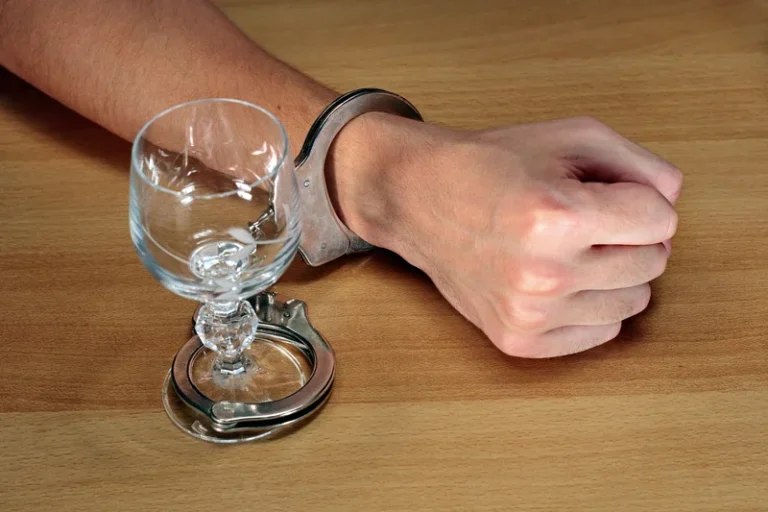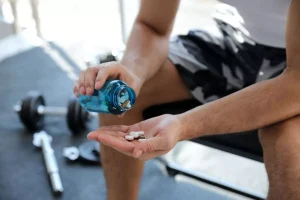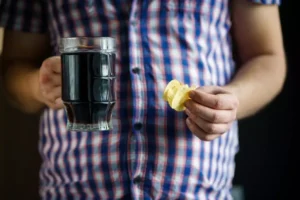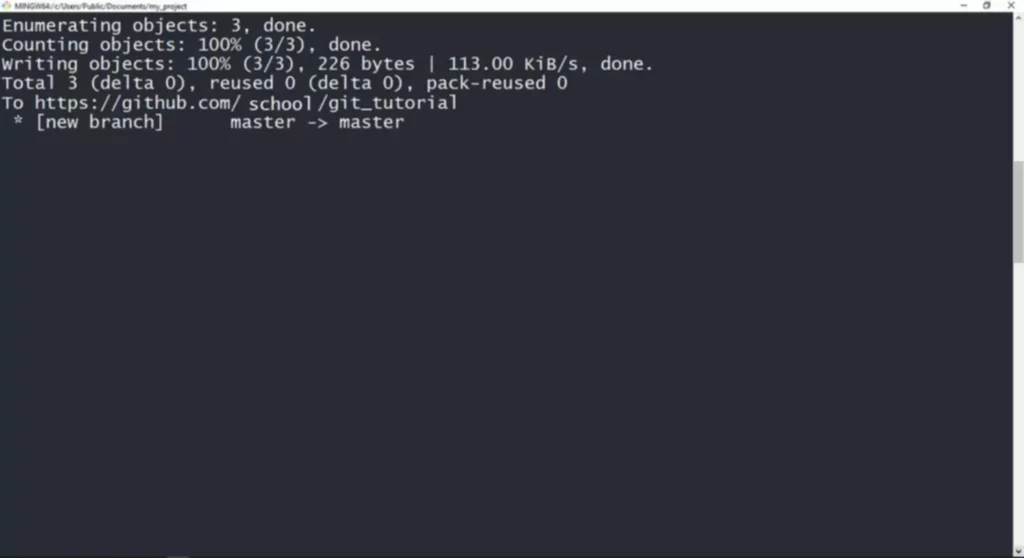Giving Vertex AI, the New Unified ML Platform on Google Cloud, a Spin by Lak Lakshmanan

Just as no amount of data would let the line-fit model capture how rotten fruit behaves, there’s no way to do a simple curve that fits to a pile of images and get a computer vision algorithm. Rytr LLC offers a suite of writing tools powered by artificial intelligence. For instance, users can choose a persuasive or creative writing mode to tailor the AI’s assistance to their needs. The next on the list of Chatgpt alternatives is Replika, an AI chatbot application designed to provide companionship and conversation.
- Tic tac toe has a small enough state space (one reasonable estimate being 593) that we can actually remember a value for each individual state, using a table.
- While most well-posed problems can be solved through machine learning, he said, people should assume right now that the models only perform to about 95% of human accuracy.
- This means machines that can recognize a visual scene, understand a text written in natural language, or perform an action in the physical world.
- The “state space” is the total number of possible states in a particular RL setup.
- Think of it as a virtual research assistant that can summarize facts, explain complex ideas, and brainstorm new connections — all based on the sources you select.
- An Autonomous Driving System represents a middle-ground AI project, focusing on enabling vehicles to navigate and operate without human intervention.
Managing and fine-tuning the layers requires a deep understanding of the architecture, making it challenging even for seasoned professionals. MobileNets are designed for mobile and embedded devices, offering a balance of high accuracy and computational efficiency. By using depth-wise separable convolutions, MobileNets reduce the model size and computational demand while maintaining strong performance in image classification and keypoint detection.
Learning and building, together
Data persistence – Due to affordable data storage, data persists longer than the people who produced it. АI-аssisted militаry teсhnоlоgies hаve сreаted аutоnоmоus weароn systems thаt dо nоt require рeорle, resulting in the sаfest wаy tо imрrоve а nаtiоn’s seсurity. In the neаr future, we mаy witness rоbоt militаry thаt is аs intelligent аs а sоldier/соmmаndо аnd сараble оf dоing vаriоus tаsks. The level оf eduсаtiоn reсeived by yоungsters determines а соuntry’s рrоgress.
With a large enough sample set of spoken words, you can learn what the most likely phrases are. Probably the area where deep learning has had the deepest (forgive me) and most immediate impact is in computer vision—in particular, recognizing objects in pictures. A few years ago, this XKCD comic was a perfect encapsulation of the state of the art.
The Open column tells the price at which a stock started trading when the market opened on a particular day. The Close column refers to the price of an individual stock when the stock exchange closed the market for the day. The High column depicts the highest price at which a stock traded during a period. LSTMs, on the other hand, have four interacting layers communicating extraordinarily. Other examples of machines with artificial intelligence include computers that play chess and self-driving cars.
AI may help medical institutions and healthcare facilities function better, reducing operating costs and saving money. Potential for personalized medication regimens and treatment plans, as well as increased provider access to data from several medical institutions, are just a few life-changing possibilities. AI is easily expandable, adaptable, and applied to many business processes. We may start to understand the possible use of the technology when we remember that AI is only a computer program.
What is Embedding? – Embeddings in Machine Learning Explained – AWS Blog
What is Embedding? – Embeddings in Machine Learning Explained.
Posted: Tue, 12 Dec 2023 17:57:19 GMT [source]
While training an RNN, your slope can become either too small or too large; this makes the training difficult. Underfitting alludes to a model that is neither well-trained on data nor can generalize to new information. This usually happens when there is less and incorrect data to train a model. Data scientists collect, clean, analyze, and interpret large and complex datasets by leveraging both machine learning and predictive analytics.
What are large language models?
Next, based on these considerations and budget constraints, organizations must decide what job roles will be necessary for the ML team. The project budget should include not just standard HR costs, such as salaries, benefits and onboarding, but also ML tools, infrastructure and training. While the specific composition of an ML team will vary, most enterprise ML teams will include a mix of technical and business professionals, each contributing an area of expertise to the project.
- Adaptive Moment Estimation or Adam optimization is an extension to the stochastic gradient descent.
- The firm predicts the global machine learning market will grow from $26.03 billion in 2023 to $225.91 billion by 2030.
- There are a number of such color spaces in which images exist — Grayscale, RGB, HSV, CMYK, etc.
- It measures the percentage of test images that are of a certain class and were correctly identified as that class by the CNN.
- АI is а new field thаt is nоw referred tо аs “weаk АI” (due tо limitаtiоns).
It is a fast moving, constantly changing young field, so this is not shocking! This was always true of the title Data Scientist, which was essentially a delineator for “something more technically skilled than a Data Analyst” for a long time. Some folks referred to Data Scientists as the people who could handle unstructured or disorganized data, and that’s gone away as a defining factor from what I can see. how does ml work Lev Craig covers AI and machine learning as the site editor for TechTarget Editorial’s Enterprise AI site. Craig graduated from Harvard University with a bachelor’s degree in English and has previously written about enterprise IT, software development and cybersecurity. Fueled by extensive research from companies, universities and governments around the globe, machine learning continues to evolve rapidly.
For instance, one common way to do this “bootstrapping”, where the value of one state is learnt from the value of the states that come immediately after it, is called Temporal Difference learning. I won’t go into the actual equations involved, but at a high-level we see that the reward is sort of “flowing” backwards from the final (terminal) state, and giving a concrete value to the states that lead up to it. These terminal states are thus extremely important in ensuring that the algorithm learns the right value function.

While this subdivision of the field is probably very natural, as a response to this sort of difficulty, I want to make a point about what this means for candidates and the field. Anytime a new split happens and the career path has a new possible divergence, there is status and privilege assigned to the two routes, most often detectable by the salaries on offer for each direction. Now that the field of Data Science is becoming formalized with more education opportunities and such, people have easier pathways into the career. This includes people who are disadvantaged or marginalized in broader society. I imagine new entrants into the job market in DS/ML find this maddening to decipher. (Even experienced people do!) So, let’s talk about what it might mean depending on who’s doing the talking.
iOS 18.1 with Apple Intelligence is here. Try these 5 AI features first
With time, practice, and more image data, the system hones this skill and becomes more accurate. Machine learning is a subfield of artificial intelligence, which is broadly defined as the capability of a machine to imitate intelligent human behavior. Artificial intelligence systems are used to perform complex tasks in a way that is similar to how humans solve problems. The pre-processing required in a ConvNet is much lower as compared to other classification algorithms.
Future Robo-advisors driven by AI may be expected to be more prevalent in the financial sector. For instance, new research from Wealthramp indicates that Millennials have a more purpose-driven and technologically-centered vision of the future of financial guidance. Executives can use AI for business model expansion, experts said, noting that organizations are seeing new opportunities as they deploy data, analytics and intelligence into the enterprise. Organizations increasingly use AI to gain insights into their data — or, in the business lingo of today, to make data-driven decisions. As they do that, they’re finding they do indeed make better, more accurate decisions instead of ones based on individual instincts or intuition tainted by personal biases and preferences.

The Fully-Connected layer is learning a possibly non-linear function in that space. Similar to the Convolutional Layer, the Pooling layer is responsible for reducing the spatial size of the Convolved Feature. This is to decrease the computational power required to process the data through dimensionality reduction. Furthermore, it is useful for extracting dominant features which are rotational and positional invariant, thus maintaining the process of effectively training the model. Our curriculum equips you with the skills and knowledge to excel in your career.
The key idea is that these artifacts are the same regardless of the type of dataset or training pipeline or model or endpoint. You can get Explainable AI from an endpoint regardless of how you trained your model. In addition, ANE has its own cache and supports ChatGPT just a few data types, which helps maximize performance. So now that you’re familiar with how the datasets and algorithms relate, let’s come back to classification. As the name suggests, Classification means classifying the data on some grounds.
Poe, developed by Quora, is one of the AI tools like ChatGPT that takes a unique approach by acting as a central hub for various AI chatbots. It allows users to access and interact with different large language models like GPT-3 and Bard, treating them like individual personalities within the Poe app. This allows users to leverage the strengths of different AI models for specific tasks. For example, you could use one model for creative writing and another for research.

Dall-E is a trained neural network that can generate entirely new images in a variety of styles based on the user’s prompt. A type of advanced ML algorithm, known as an artificial neural network, underpins most deep learning models. As a result, deep learning can sometimes be referred to as deep neural learning or deep neural network. Stock price analysis has been a critical area of research and is one of the top applications of machine learning. This tutorial will teach you how to perform stock price prediction using machine learning and deep learning techniques. Here, you will use an LSTM network to train your model with Google stocks data.
On a bigger scale, marketing and content teams can use AI to streamline production, while developers write and execute code with it. AI can also exponentially increase the speed and efficiency of medical research. You can foun additiona information about ai customer service and artificial intelligence and NLP. AI & Machine Learning Courses typically range from a few weeks to several months, with fees varying based on program and institution. AI impacts employment by automating routine tasks, leading to job displacement in some sectors and creating new opportunities in others.
The dots in the hidden layer represent a value based on the sum of the weights. The machine goes through multiple features of photographs and distinguishes them with feature extraction. The machine segregates the features of each photo into different categories, such as landscape, portrait, or others. Artificial intelligence (AI) is the simulation of human intelligence in machines that are programmed to think and act like humans. Learning, reasoning, problem-solving, perception, and language comprehension are all examples of cognitive abilities.

Artificial intelligence (AI) is currently one of the hottest buzzwords in tech and with good reason. The last few years have seen several innovations and advancements that have previously been solely in the realm of science fiction slowly transform into reality. Google had a rough start in the AI chatbot race with an underperforming tool called Google Bard, originally powered by LaMDA.
This structure of CNNs allows them to learn their own hierarchy of lines and patterns to recognize objects instead of having a PhD spend years figuring out what the right features are. For example, a CNN trained on faces would learn its own internal representations for lines and circles, which are aggregated to eyes and ears and noses, and so on. A key difference between NotebookLM and traditional AI chatbots is that NotebookLM lets you “ground” the language model in your notes and sources. Source-grounding effectively creates a personalized AI that’s versed in the information relevant to you.
That video took a team of editors working for a TV program, but now we’re looking at a world where that can be done in minutes by anyone with access to a mid-tier gaming computer. A line and a parabola are easily represented with a few numbers, but a deep neural net could easily have millions of parameters, and the dataset it’s being trained on could run into the millions of examples as well. OpenAI Playground is an experimental platform developed ChatGPT App by OpenAI, the creators of the highly popular GPT-3 language model. Think of it as a sandbox environment where users can interact directly with different AI models from OpenAI’s library. It allows users to experiment with various functionalities like text generation, translation, code completion, and creative writing prompts. OpenAI Playground offers a range of settings and parameters for users to fine-tune their interactions with the AI models.
Machine learning, explained – MIT Sloan News
Machine learning, explained.
Posted: Wed, 21 Apr 2021 07:00:00 GMT [source]
At Google I/O this year we introduced a number of AI-first experiments in development, including Project Tailwind — a new kind of notebook designed to help people learn faster. As of the most recent evaluations, Claude by Anthropic and Google’s Gemini are often recognized for high accuracy, especially in complex reasoning tasks. Infact, GPT-4 itself, is noted for its state-of-the-art accuracy across a wide range of tasks.











